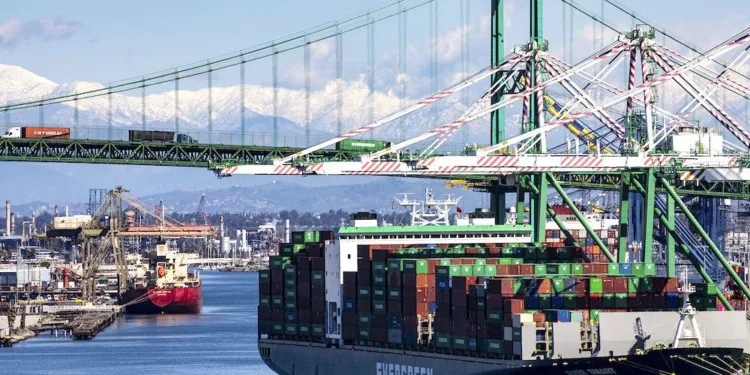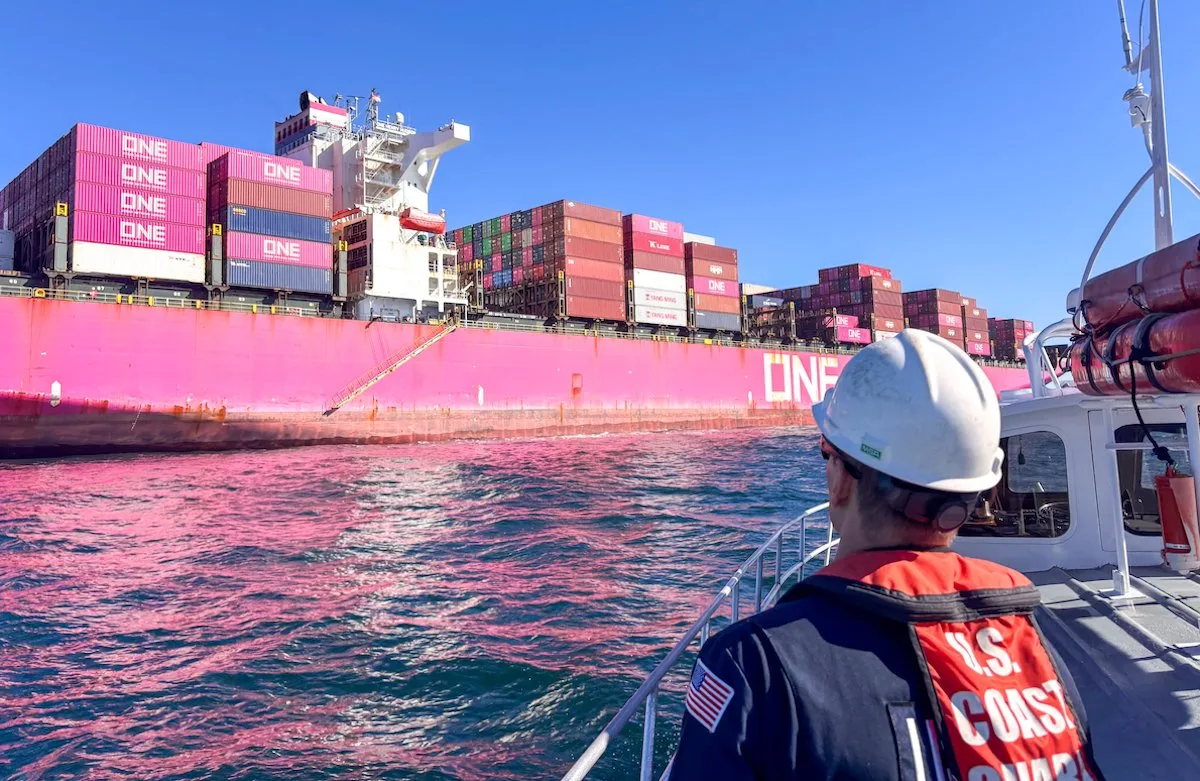Containerlines are scrapping sailings at a pace not seen since the height of the pandemic, as tariff turbulence and weak US demand ripple through global supply chains. Carrier operating margins have dropped below breakeven on several key routes, with carriers still prioritising market share over profitability.
Fresh data from project44 shows 67 sailings cancelled from China to the US and 71 in the opposite direction this month — a level of capacity withdrawal that eclipses covid-era records
“Carriers are blanking sailings at an intensity we haven’t seen since the early pandemic period,” said Bart De Muynck, head thinker at Better Supply Chains. “The strategy is less about crisis response this time and more about maintaining rate stability in a tariff-distorted market.”
Year-to-date blank sailings are surging on all major US-linked routes, up by 75% for instance, between the US west coast and Southeast Asia.
Imports from China have fallen for five straight months, exports for nine. US-China trade has changed dramatically since Donald Trump returned to power. Year-to-date imports are 27% down year-on-year, while exports have slumped 42%.
Carriers are responding with the one lever they still control — capacity. Blank sailings have become the preferred weapon to prop up rates as tariff-driven volatility guts schedules and dents demand.
Despite the scale of the shake-up, sourcing patterns remain surprisingly static. Most shippers have not yet pulled production out of China in any meaningful way. Instead, they’re juggling shipment timing to ride out tariff spikes.
Linerlytica noted this week that carriers face an uphill battle in their latest bid to restore rates.“Freight rates from the Far East remain under pressure with slower market activity due to the Golden Week holidays in China,” the consultancy reported. “Although carriers are pushing for 15 October rate hikes aimed at reversing the recent rate slump, the reinstatement of most regular services following the Golden Week blanked sailings provides little support for the rate push.”
Noting how freight rates have fallen below leading-cost operators’ breakeven for the first time since late 2023, Jefferies, an investment bank, warned recently that weak spot rates threaten 2026 contract negotiations.























